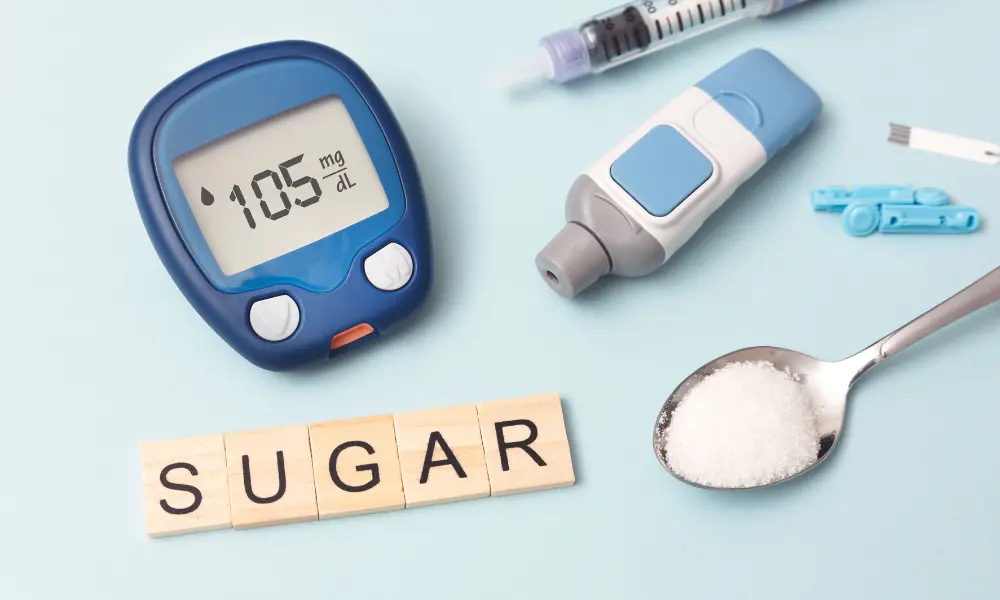A recent clinical experiment suggests that teens with type 1 diabetes may have cognitive benefits when their blood sugar levels are better managed.
Teenagers were better able to avoid high blood sugar episodes when they began therapy using newer technology, commonly referred to as “artificial pancreas” devices, than teens who continued with conventional diabetes treatment. And as a result, both IQ test results and brain structure were enhanced.
The results, according to experts, indicate the importance of more stringent blood sugar management for children with type 1 diabetes, whether through artificial pancreas systems or conventional therapy. However, they claimed that the newest technology generally makes that form of control simpler.
Sanjoy Dutta, vice president of research at the charitable JDRF, stated, “We know these systems provide you more time in a healthy [blood sugar] range” (formerly the Juvenile Diabetes Research Foundation). Dutta was not a part of the research, which JDRF partially funded.
While type 1 diabetes can harm children’s brain development, such effects can be avoided or even reversed. This is because all of the study participants, who ranged in age from 14 to 17, had been diagnosed with the illness before age 8. However, those who controlled their blood sugar highs over six months demonstrated a “normalization” in their brain structure, as seen on MRI scans. Additionally, they saw gains on a common IQ test called “perceptual reasoning,” which measures a person’s capacity for flexible thought.
According to the main researcher Dr. Allan Reiss, a Stanford University School of Medicine professor, “it was startling to witness improvements in both brain imaging and test scores over the same, rather short time.”
“We know that tighter glucose [blood sugar] control helps protect numerous organs — the kidneys, heart, and eyes,” Reiss explained. And with developing technologies, it’s become easier than before to regularly book tests to monitor and maintain blood sugar levels. According to the findings of this study, it may also protect children’s brains against the “deleterious effects” of high blood sugar.
Type 1 diabetes is significantly less common than type 2, which usually develops in maturity and is frequently related to obesity. Type 1 diabetes is triggered by an erroneous immune system attack on pancreatic cells that produce insulin, a hormone that controls blood sugar levels. To survive, people with type 1 diabetes must take synthetic insulin daily.
Traditionally, this entailed performing many finger “sticks” daily to measure blood sugar levels before injecting the appropriate insulin dose. Some improvements have simplified the task: instead of needles, people can wear a “pump” that distributes insulin throughout the day through a thin tube beneath the skin. A continuous glucose monitor — a device that checks blood sugar 24 hours a day via a sensor inserted under the skin — offers an alternative to finger sticks.
Even with this technology, managing type 1 diabetes remains difficult. The artificial pancreas, a hybrid closed-loop system, integrates an insulin pump and a glucose monitor into a single automated system. The middleman is a computer algorithm that evaluates the glucose readings from the monitor and then changes the insulin doses from the pump accordingly.
The latest study, published online on August 30 in Nature Communications, included 42 types one diabetes youth. Half were randomly allocated to begin using an artificial pancreas device. In contrast, the other half received standard care, which included an insulin pump or injections and a glucose monitor. The researchers discovered that children who used the artificial pancreas maintained superior blood sugar control for six months. And, on average, they showed changes in brain structure that moved them closer to the usual maturing adolescent brain.
What was important, according to Reiss, was lowering blood sugar levels – regardless of how: Some traditional treatment trial participants were also able to obtain greater control of their highs, and they demonstrated similar gains in brain structure and IQ.
However, he acknowledged that “the hybrid closed-loop group certainly had better glucose management.” Is this to say that all children with type 1 diabetes should be in the system? Researchers are still investigating the potential benefits.
“To the best of my knowledge, this is a first-of-its-kind study,” Reiss said. He also suggested that future research should look into whether starting artificial pancreas systems at a young age can help prevent brain development differences in the first place.
Children as young as two years old can use the device. For the time being, Dutta advises parents to be aware that “excellent glucose management is vitally critical” and to consult with their child’s doctor about the possibilities of obtaining it.
There are challenges to establishing an artificial pancreas system, according to Dutta. The technology is not cheap, and we must purchase supplies for the glucose monitor and pump on an ongoing basis. Cost can be an issue even with insurance coverage. Furthermore, some children do not want two gadgets attached to their bodies.




